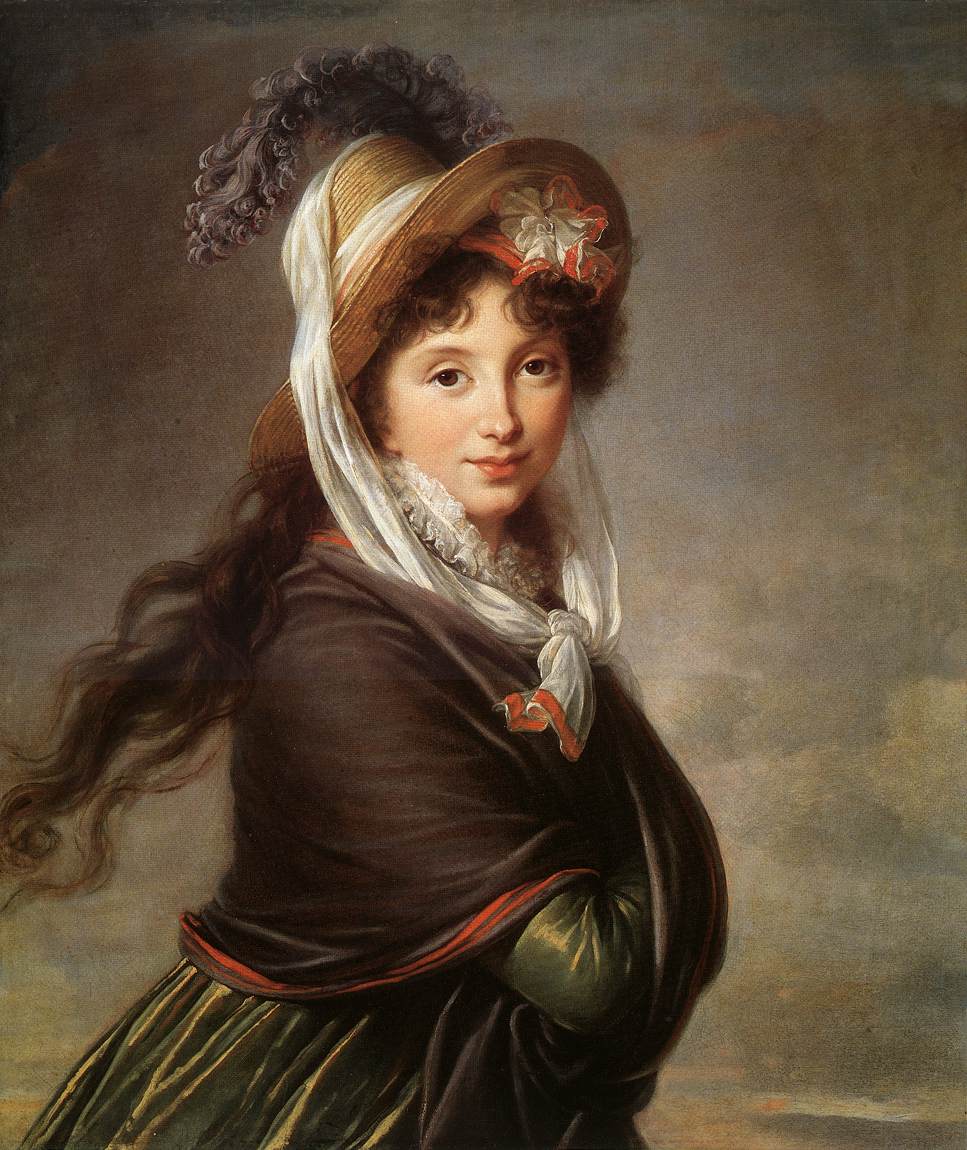
Title: Allegory of the Air
Artist: Rosalba Carriera
Country: Venice, Italy
Date: 1774-1776
Present location: Unknown
I chose this painting because after seeing a variety of paintings in class produced by the use of pastels and crayon, I have become engrossed by them. I love the use of the very light, almost delicate colors used in this portrait. This woman is wearing an outfit that is sexy for that time period. It is revealing and feminine and erotic for this time period as well. It is similar to the portrait we discussed in class called "A Young Lady With a Parrot." The dress is slightly draped off of her breast and although the bird in the picture is not pulling the dress off of her, the bird is still there, flying around. I also like Carriera's use of light in this portrait. The background is slightly darker with the dramatic light on the woman's face. It is slightly contrasted in a way that makes the woman and her feminine features the center of attention. This portrait is done so in a way that emphasizes this woman's beauty and delicacy. Her gaze is also focused away from the spectator and moreso on the bird with her arm slightly raised as if waiting for the bird to perch itself onto her fingers. This time period was a time for women to open up and express themselves more freely, as evidenced by this portrait and the many others discussed during class.
































